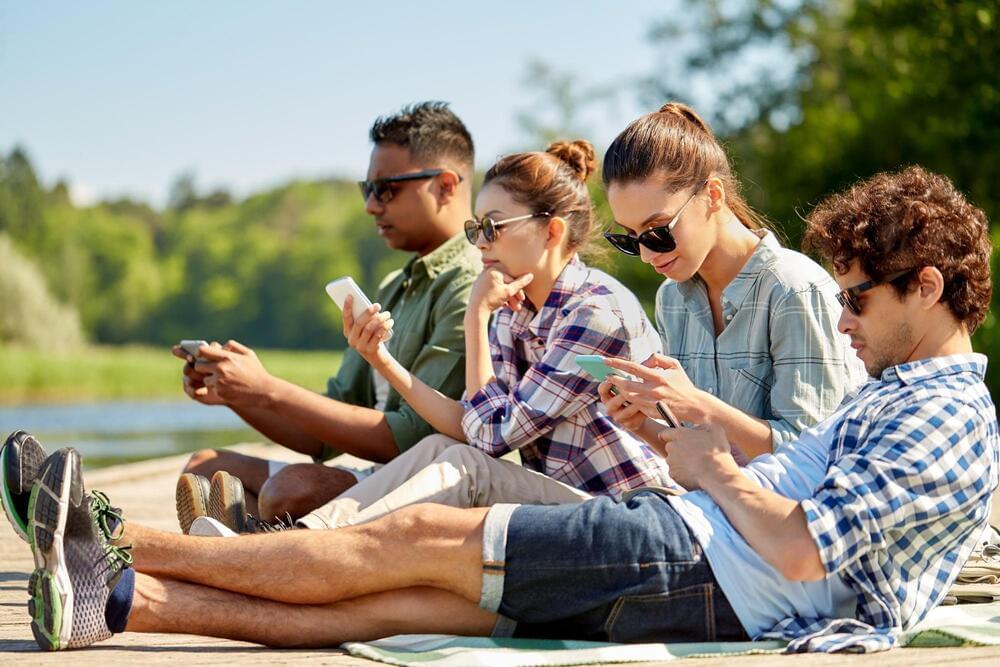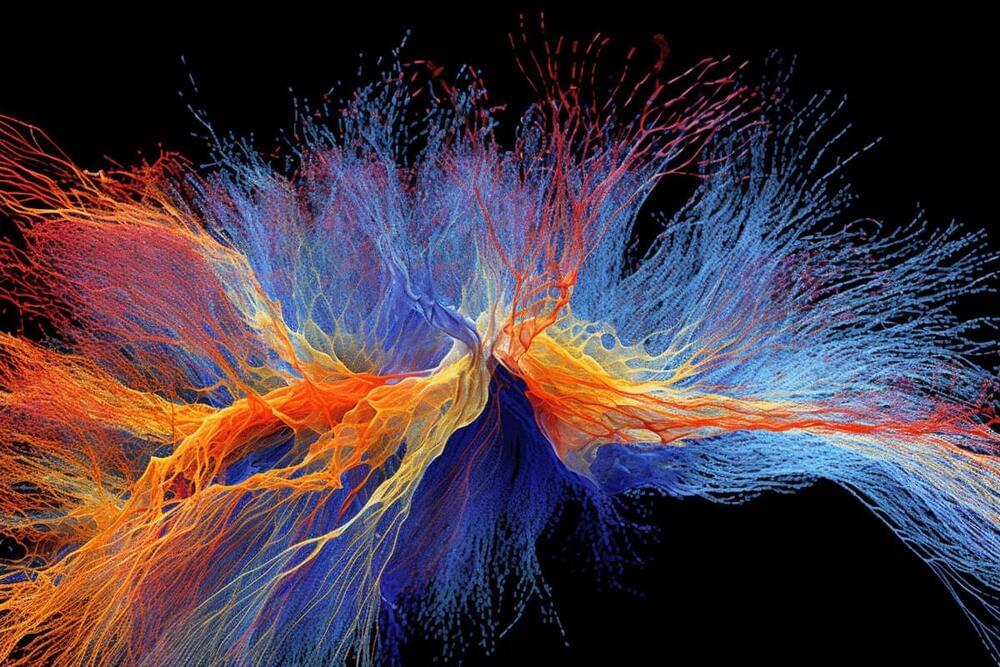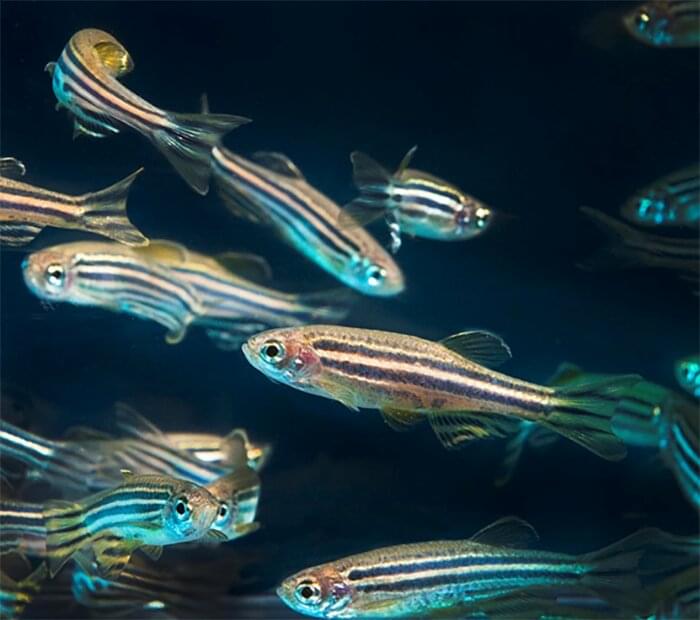At Blueprint we’ve explored and evaluated hundreds of anti-aging therapies.
Recently, we had a daring idea: what if my father, son and I completed the world’s first ever multi-generational plasma exchange?
Plasma is the yellowish, liquid part of your blood. There is emerging evidence that plasma exchanges may offer various health benefits.
Nervous but excited, we travelled to a transfusion centre in Dallas Texas to make it happen.
I’ve invested millions of dollars building the world’s leading anti-aging protocol, becoming the most measured human in history. Blueprint is an algorithm, built by science, that takes better care of me than I can myself.
And it’s available to you for free. Check out the Blueprint website for recipes, exercise, and other protocols. Become the next evolution of human.







